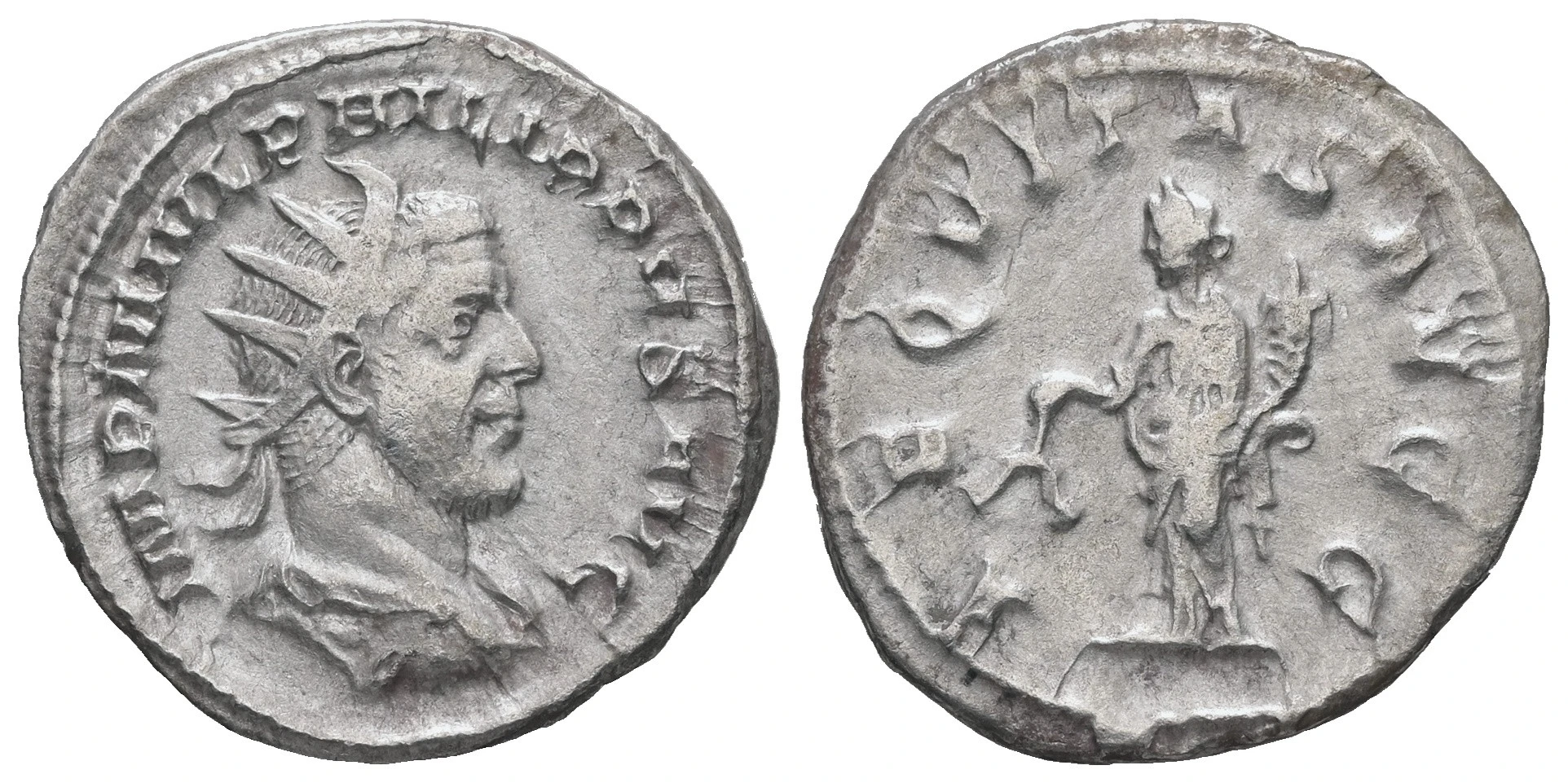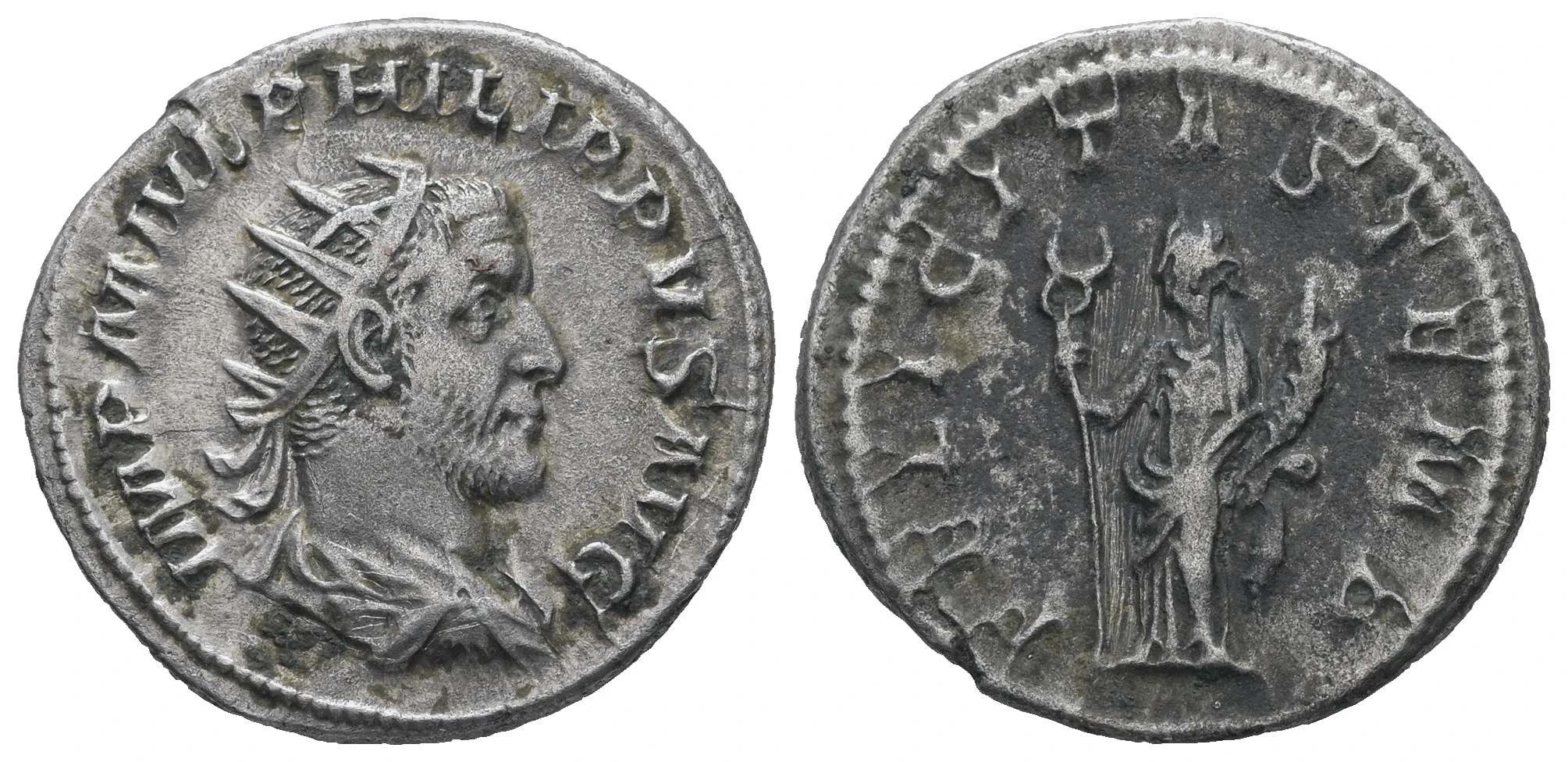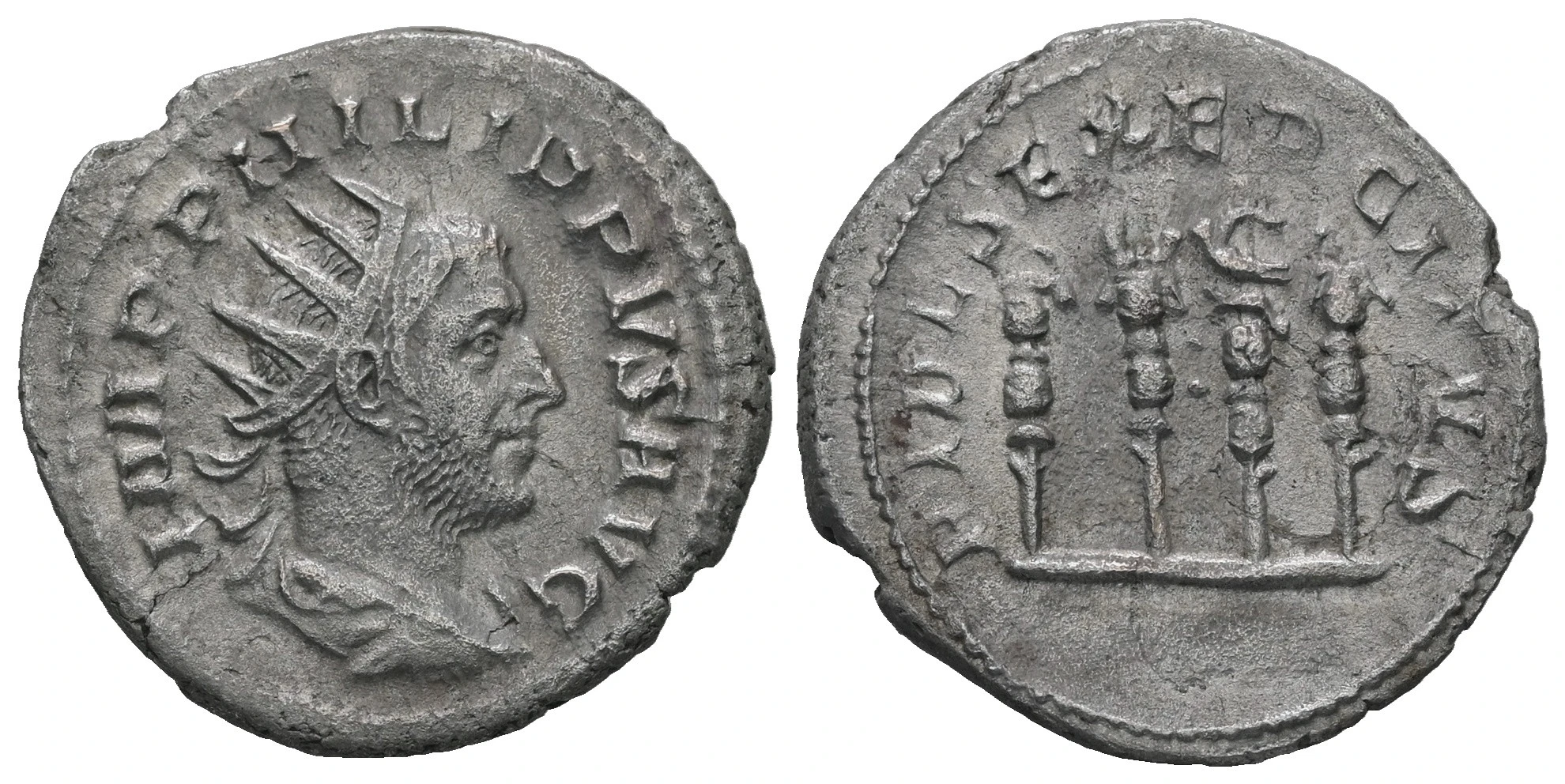this post was submitted on 28 Feb 2025
14 points (100.0% liked)
Ancient Coins
226 readers
17 users here now
A community for collectors of ancient and medieval coins.
ID requests are welcome, but please post clearly lit images of both sides of the coin as well as a picture of the edges of the coin.
Sales posts are welcome. Inspired by the old ancientcoins subreddit, memes and jokes are only allowed on the last day of the month.
I general, just be nice to each other :)
Buy coins
Identify coins
Clean coins
Other
founded 2 years ago
MODERATORS
you are viewing a single comment's thread
view the rest of the comments
view the rest of the comments



that is also good to know, i would have guessed they would be more expensive from my base of zero knowledge outside of the tv show detectorists, haha.
Why are his coins in good shape relative to other emperors?
were there simply more coins found or preserved? also, did each emperor delegate responsibility for the minting QA so that there are varying qualities between emperors?
Lots of hyperinflation in this century, and so many more coins survive just because more were around. Also, the silver content is still high enough that the coins are not as easily corroded by the environment as they will be half a century later.
The imperial mints were always in charge of coinage, the emperor had little to do with it except perhaps for the motifs used. The silver content staid fairly stable around 95-85% until the 160s CE, after which the denarius was replaced (more or less) with the antoninianus I posted here, technically worth 2 denarii but with only the silver content of one (~40% fineness).
The fineness of the antoninianus also declined, and in 274 AD it was around 5%. Diocletian would replace the antoninianus with his own coin, the follis. It was a large chunky billon coin with a silver wash. He also introduced (in limited number) a true silver coin called an argenteus.
Here's an illustration of the declining silver content in the antoninianus.